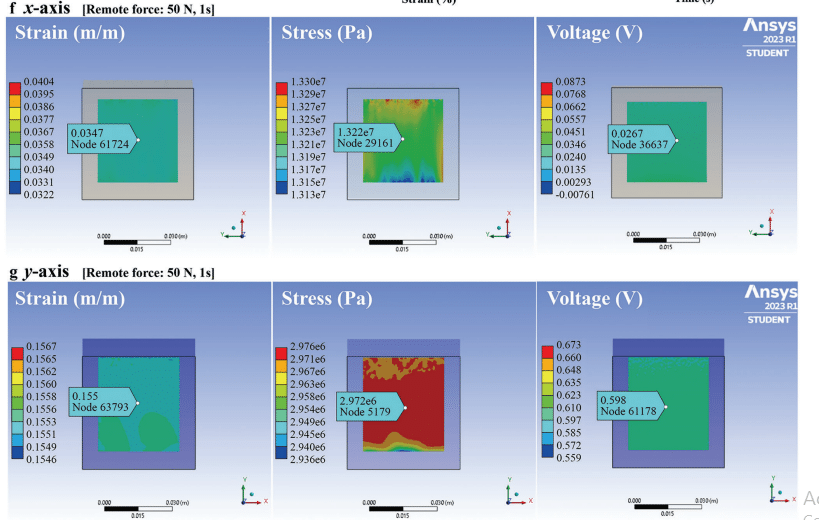When subjected to cyclic tensile loading perpendicular to the fibre direction, the composite generates piezoelectric voltage of 1.1 volts.
An international research team has innovated a high-strength, flexible device by merging piezoelectric composites, known for their ability to generate electricity under physical stress with unidirectional carbon fibre (UDCF). This unique combination results in a device, the UDCF/KNN-EP device, capable of converting kinetic energy from human movement into electricity, offering an efficient solution for robust, self-powered sensors.
The device comprises unidirectional carbon fibre fabric and potassium sodium niobate (KNN) nanoparticles mixed with epoxy resin. The UDCF in this device functions as both an electrode and a directional reinforcement.
One of the key improvements observed is in the Young’s modulus along the fibre direction, where the composite achieves a substantial 282.5 MPa. This indicates a significant increase in the material’s stiffness and resistance to elastic deformation along the direction of the fibres, attributing to the inherent strength of the carbon fibres.
The UDCF/KNN-EP composite demonstrates impressive stretchability and a responsive piezoelectric behaviour in the cross-fiber direction. When subjected to cyclic tensile loading perpendicular to the fibre direction, the composite generates a notable piezoelectric voltage (Vpp) of approximately 1.1 volts.
This response is particularly significant for applications where the material needs to undergo repeated stretching or bending, such as in wearable sensors or flexible electronic devices. These devices range from protective gear to sports equipment and are increasingly part of the Internet of Things (IoT), featuring sensors that gather data.

This innovative device met and surpassed expectations in tests, showcasing its ability to maintain high performance even after being stretched over 1,000 times. When pulled along the fibre direction, it can withstand higher loads compared to other flexible materials. Its energy output density surpasses that of other piezoelectric polymers when impacted and stretched perpendicular to the fibre direction.
The researchers have successfully integrated the CF/KNN-EP into sports equipment, where it accurately detected the impact of catching a baseball and monitored a person’s step frequency. This achievement not only leverages the strength of carbon fibers for improved sustainability and reliability of battery-free sensors but also maintains their directional stretchability, offering valuable insights and guidance for future motion detection research.






